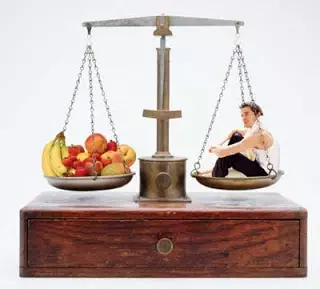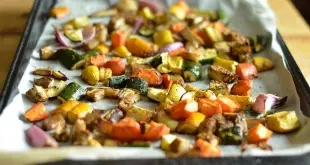Ah…calories. Never has a concept been so misunderstood and feared.
Calories (or kilocalorie [kcal] if we want to be official) are units of energy. That’s it, that’s all. We can get energy from several sources: from protein, from fat, from carbohydrates. THAT is the information we most need to pay attention to. Calories, in and of themselves, are pretty meaningless. It’s what KIND of calories that make the difference between weight loss, gain and maintenance.
Total Calories
The total calories are pretty straightforward. This is usually the first thing we look at on a food package.
One important thing to note, from yesterday’s discussion, is that the total calories and the serving size should be considered together. At various stages of our post-op processes these two work together to mean different things, though. When I was early out and couldn’t get enough calories to save my life (and thus stalled every other week) that two tablespoons of peanut butter for 200 calorires was a great thing. And it held me for HOURS. Nowadays, when my pouch can hold more, that 200 calories needs to be monitored.
But to get the full benefit of the total calories, you need to keep traveling south on the food label to…
Calories from Fat
This will give you an even better picture of the composition of your food. A good rule of thumb is to pause on any food that gets more than 50% of its calories from fat. This is where good choices and bad choices become very apparent. For instance, a typical slice of pork bacon is anywhere between 25-50 calories, depending on the cut. Doesn’t seem so bad, does it? Consider that MOST of those calories are fat and suddenly it doesn’t seem like such a great food for you. (Note: I am NOT saying don’t eat bacon. I love bacon. But I don’t eat it thinking it’s a health food)
Other than that, the calories section is pretty straight forward. Here are a few helpful pieces of information:
- A gram of protein has 4 calories
- A gram of carbohydrates has 4 calories
- A gram of fat has 9 calories
But I’m getting ahead of myself. We’ll talk more about protein and carbs later on this week. Tomorrow, we move on to fat: the good, the bad and UGLY!
 Bariatric Foodie Play with your food
Bariatric Foodie Play with your food



